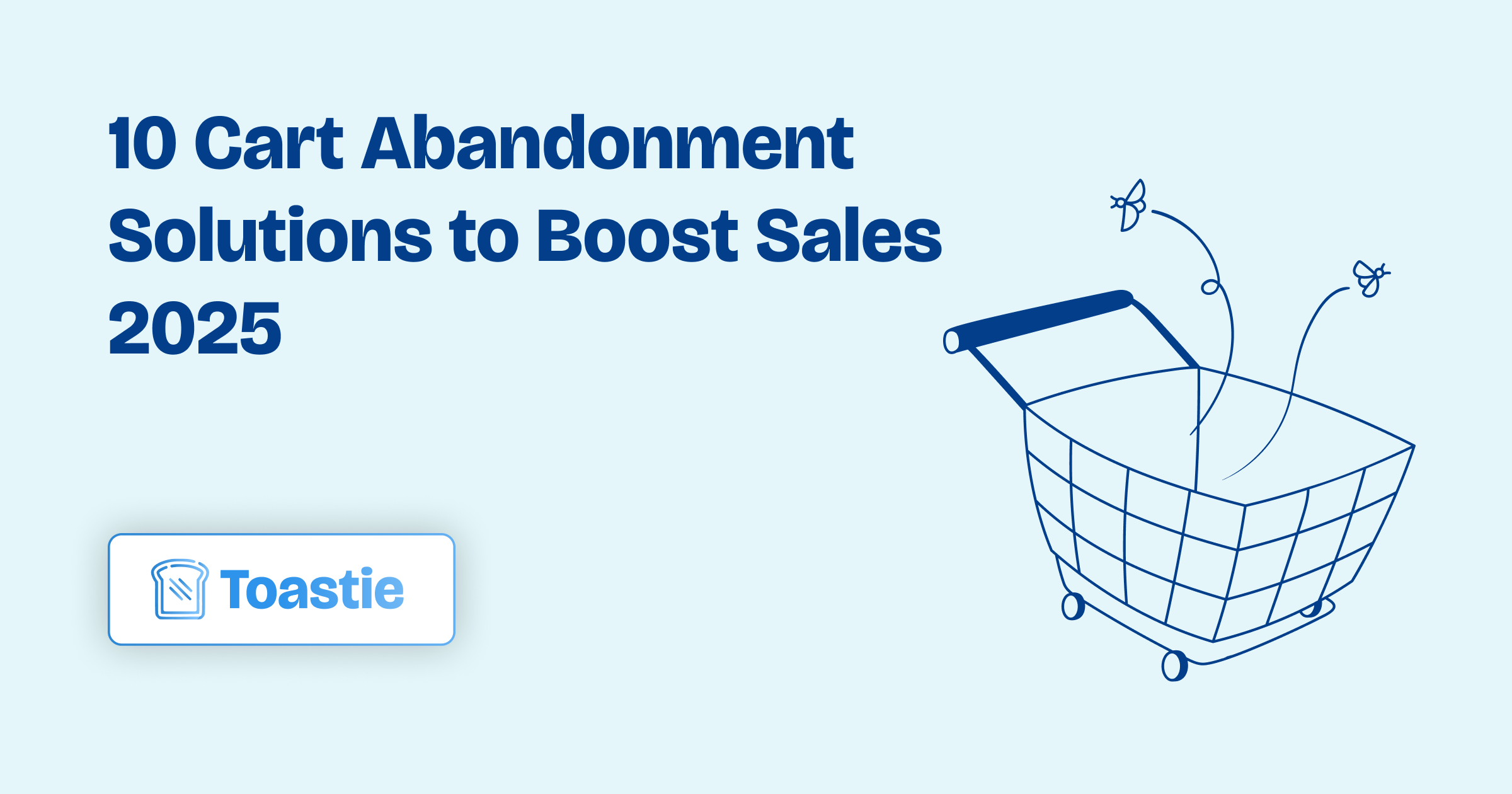How to Deal With Copycat in SaaS Business: Stay Focused, Stay Ahead

AK
Jul 22, 2025 • 4 min read
Worried about a Copycat that is copying your SaaS or business? This blog is for you!
If your SaaS product is being copied, take it as a strange compliment. It means you're building something worth noticing. But that doesn't make it any less frustrating.
In this blog, we’ll explore how to handle copycats in SaaS and businesses from understanding why they exist to strategies that help you stay focused and always ahead. We'll also add more depth, stories, and practical tips founders can relate to.

1. Why Do Copycats Exist in SaaS?
In software and business generally, copying is easy. A clone can be spun up in days using your UI, your landing page structure, and even your blog topics. But why does this happen so often in SaaS?
- Speed and visibility. When a product gets traction, it draws attention. And many would-be founders look for proven winners to replicate.
- Lower entry barriers. Open-source stacks, no-code tools, and templates make it easy to reverse-engineer almost anything.
- Lack of originality. Many copycats don’t understand the problem you’re solving; they only see the result. So they replicate the output, not the process.
But here’s the catch: what they copy is surface-level. What makes your product work is often invisible: your insight into the user, your support, your design choices, and your timing. 😉
2. The Smart Way to Handle a Copycat in Business
Step 1: Don’t panic. Validate
Your first reaction might be frustration. That’s normal. But let this be validation: you’ve built something that works.
Many great startups and businesses have copycats, including Notion, Basecamp, and Figma. Yet they won because they kept improving and innovating.
Step 2: Check for infringement
Look beyond similarity. Is there any actual legal infringement?
Ask:
- Are they using your name, domain style, or UI layout identically?
- Did they lift your code, illustrations, or exact written content?
- Are they misleading users by posing as your product?
If the answer is yes, take screenshots, URLs, and timestamps. Send a cease and desist or reach out via a legal team if necessary.
Tools like Wayback Machine or Visual Ping can help you document changes.
3. Not All Copycats Deserve Your Energy
Some copycats are so poor in execution that they actually reinforce your value.
Their design may feel clunky, their UX rushed, their messaging unclear. Users notice this. They’ll compare and stick with the original.
Let them help you show why your version is better. Don’t waste energy on chasing every imitation, especially if they’re not affecting your growth.
Focus your attention where it matters most: your customers.

4. What If They’re Doing a Better Job?
This one stings. A copycat in your business or SaaS may take your idea and out-execute you. It happens.
They may have:
- More funding
- Faster development cycles
- A stronger marketing team
Instead of spiraling, pivot inward. Ask:
- What makes your product different?
- What feedback have you ignored?
- What problems are they overlooking?
Use this as fuel to sharpen your edge. SaaS is a long game, and momentum shifts fast.
5. Innovate While They Imitate
Copycats always lag behind. They wait to see what works before taking action.
You can use this delay to your advantage.
Here’s how:
- Launch experimental features — quickly.
- Listen more deeply to user feedback.
- Release changelogs publicly and often.
Make your iteration cycle faster than their cloning cycle.
Remember: they can’t clone what you haven’t released yet.
6. Build a Strategy They Can’t Copy
You don’t win by just building features. You win by building a defensible system.
Take inspiration from companies like Superhuman. Their onboarding experience, exclusive invites, and intense focus on speed made it hard to replicate.
In your SaaS, think about:
- Building deep community ties (like Figma’s design community)
- Creating unique user experiences (like Loom’s async feel)
- Focusing on integration and ecosystem value (like Notion’s templates)
These things can’t be cloned overnight.
7. Your Passion and Vision Can’t Be Cloned
Copycats can replicate UI. But not your late nights, user interviews, bug squashing, or product intuition.
Your ability to listen, respond, and evolve — that’s the real moat.
When you deeply understand your audience and build with care, users feel it. They do not stay for features, but for how your product makes them feel.
That experience is one-of-a-kind.
Conclusion: Let Them Copy. You Build.
Copycats are inevitable in SaaS. But they don’t win unless you stop building.
Focus on your roadmap. Double down on customer experience. Move fast and with purpose.
Your originality, your momentum, and your customer trust, these are the things no one can steal.
